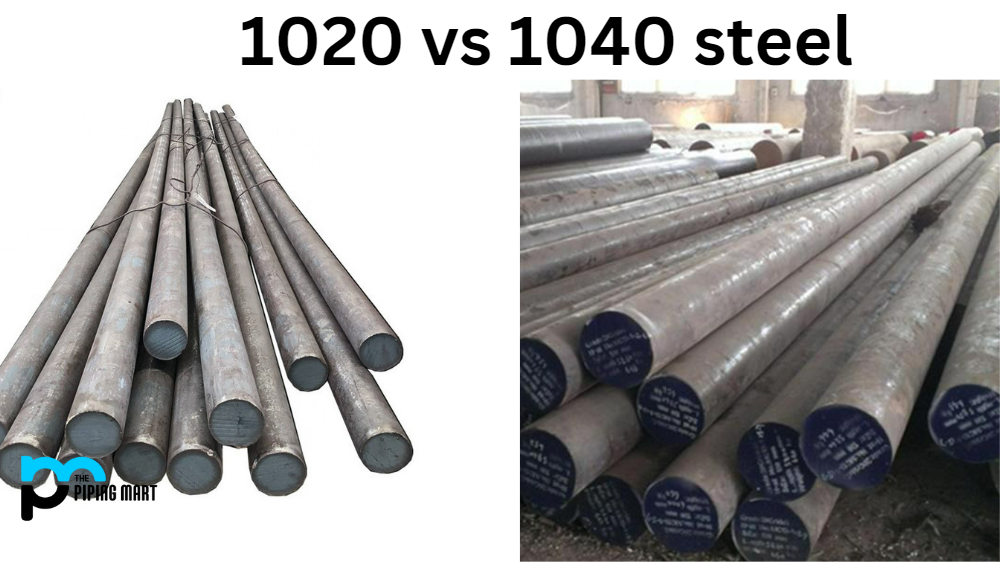When choosing the right material for your industrial product or aircraft component, duralumin and carbon fibre are two of the most popular options. These materials offer exceptional characteristics such as high strength-to-weight ratios, resilience, and durability. However, each has unique properties that make it ideal for different purposes. In this post, we’ll dive deep into the properties of these two materials and which one is best for your project.
What is Duralumin?
Duralumin is an alloy made from copper, magnesium and aluminium known for its strength and hardness. It was first developed in 1903 and became popular in aircraft production during the Second World War. The alloy is renowned for its durability, strength and resistance to corrosion. Therefore, it is an ideal choice for aircraft components and industrial products that need to withstand harsh conditions.
What is Carbon Fibre?
In contrast, carbon fibre comprises thin fibres of carbon atoms woven together. Carbon fibre is known for its high tensile strength, stiffness and low weight. It is used in making products where lightweight and sturdy materials are required, such as sporting equipment, aircraft parts, and car components. It is preferred over metals like steel and aluminium due to its superior strength-to-weight ratio.
Difference Between Duralumin and Carbon Fiber
Strength to Weight Ratio
When comparing duralumin vs carbon fibre, the strength-to-weight ratio is the key to remember. Carbon fibre is six times stronger than steel yet weighs only one-fourth of its weight. On the other hand, duralumin is stronger than aluminium but lighter than steel. Therefore, carbon fibre is the better option if you are looking for a material that combines strength and lightness.
Corrosion Resistance
Another key factor to keep in mind is corrosion resistance. Duralumin has excellent corrosion resistance properties, making it ideal for aircraft and marine components exposed to harsh environments. Carbon fibre, however, is not completely resistant to corrosion and needs to be coated with a protective material to enhance its durability.
Cost Factor
Lastly, cost is an important consideration. Duralumin is less expensive than carbon fibre and can be manufactured into products at a lower cost. However, carbon fibre is slowly becoming cost-effective due to technological advancements. With greater demand and more research into carbon fibre, its prices are becoming more competitive.
Conclusion
In summary, duralumin and carbon fibre have unique properties and applications. Generally, carbon fibre is the better choice if you are looking for lightweight, high-strength materials with excellent stiffness and resilience. However, duralumin is the better option if corrosion resistance and cost are also important factors. The chosen material will ultimately depend on the application, budget, and project requirements.

Meet Bhavesh, a seasoned blogger with a wealth of knowledge and experience. From metal products manufacturing to retail, Bhavesh has a diverse background in various industries and is dedicated to sharing his insights and expertise with readers.




